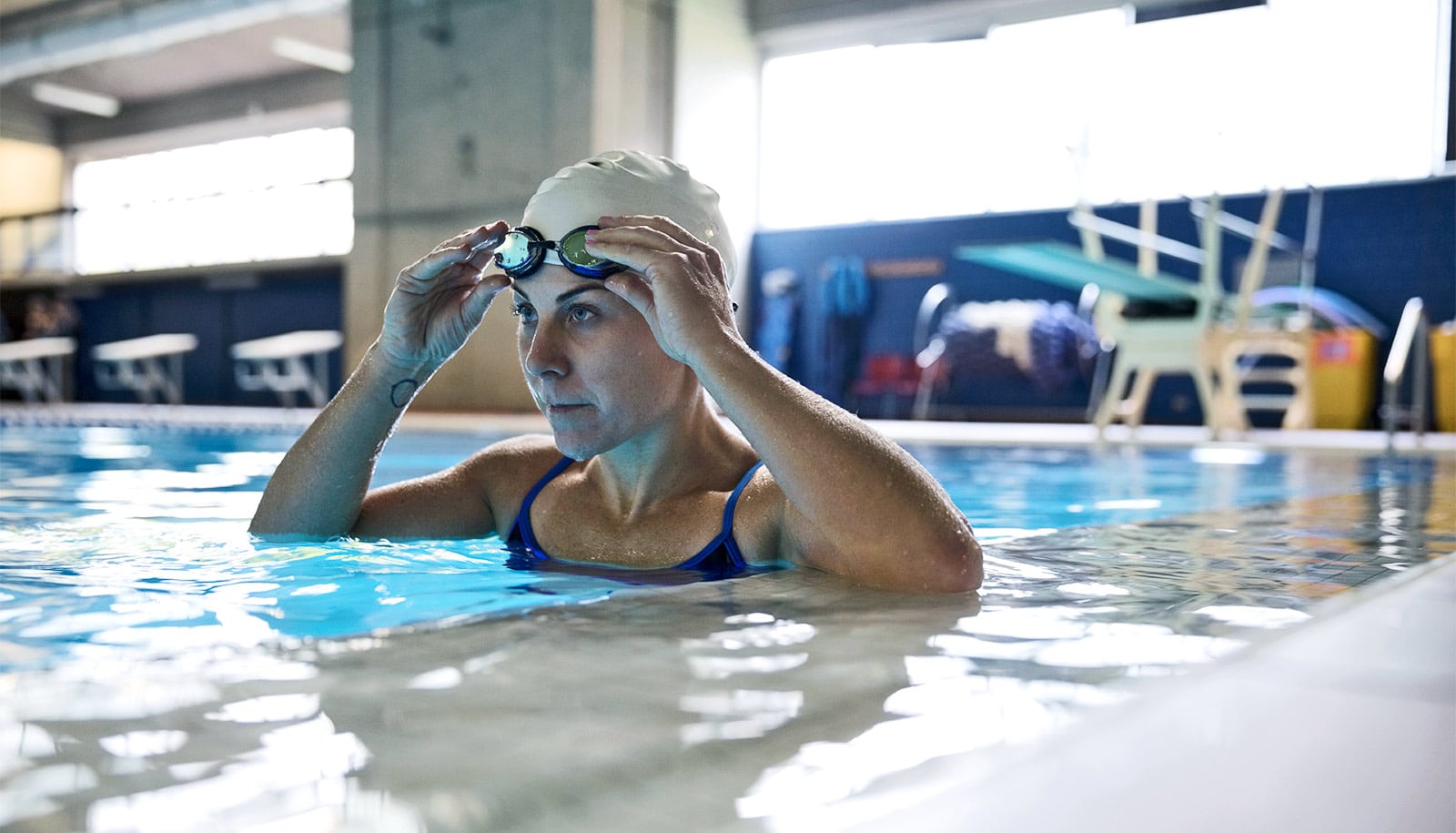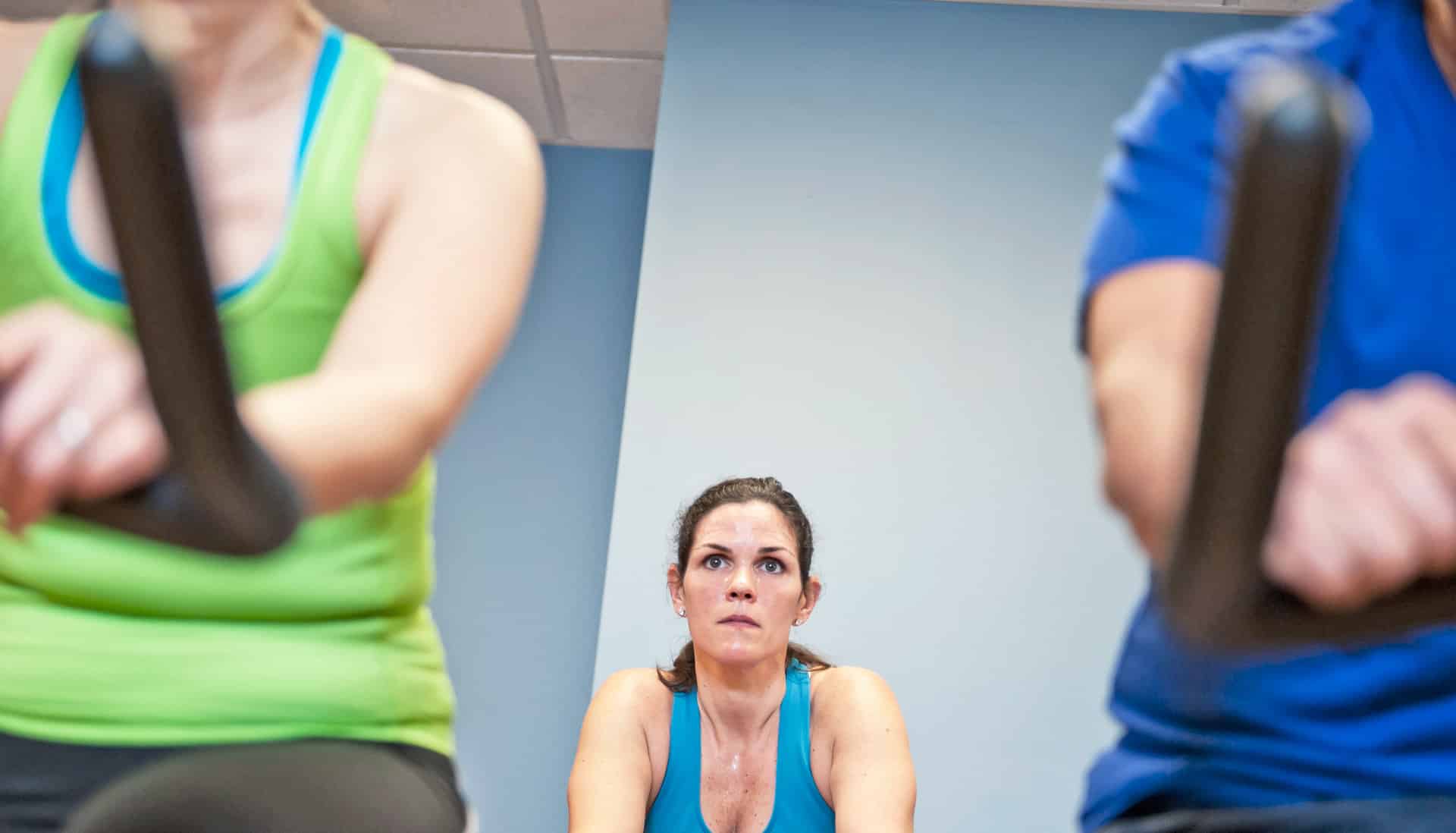Doctors should give “exercise prescriptions” to people living with and beyond cancer in the same way they prescribe medications, researchers leading a new initiative argue.
It’s well known that exercise is good for preventing and treating many forms of heart disease, but many people may know less about the benefits of physical activity for cancer patients. Researchers hope that the new initiative, called Moving Through Cancer, changes that.
In a paper published in CA: A Cancer Journal for Clinicians, researchers outline new exercise recommendations for people with cancer and survivors.
“With more than 43 million cancer survivors worldwide, we have a growing need to address the unique health issues facing people living with and beyond cancer and better understand how exercise may help prevent and control cancer,” says Kathryn Schmitz, professor of public health sciences at Penn State College of Medicine and a member of the Penn State Cancer Institute.
Exercise prescriptions after treatment
According to the researchers, exercise is important for cancer prevention and can lower the risk of developing colon, breast, endometrial, kidney, bladder, esophagus, and stomach cancers.
Exercise during and after cancer treatment can help improve fatigue, anxiety, depression, physical function, and quality of life, and can also help improve survival after a breast, colon, or prostate cancer diagnosis.
Depending on the patient’s activity levels and abilities, researchers generally recommend 30 minutes of moderately intense aerobic exercise three times a week and 20 to 30 minutes of resistance exercise twice a week.
But, health care professionals can also customize exercise prescriptions to individual patients, Schmitz says.
“Through our research, we’ve reached a point where we can give specific FITT exercise prescriptions—which means frequency, intensity, time, and type—for specific outcomes like quality of life, fatigue, pain, and others. For example, if we’re seeing a head and neck cancer patient with a specific set of symptoms, we could give them an exercise prescription personalized to them.”
Public awareness boost
The recommendations come from a roundtable of experts Schmitz and the American College of Sports Medicine (ACSM) formed to review the latest scientific evidence and offer suggestions about the benefits of exercise for prevention, treatment, recovery, and improved survival for these people—and will help achieve one of the premier goals of Moving Through Cancer—raising public awareness by 2029.
“Currently, an average person on the street will know that exercise is good for preventing and treating heart disease, but not for melanoma,” Schmitz says. “We want to change that. When researchers in the 1950s built an evidence base for exercise and heart disease, there was a shift in public knowledge about that connection. It’s now time for the same thing to happen with exercise and cancer.”
The second piece of the initiative, Schmitz says, is resources and programs to help get people with and beyond cancer moving. The Moving Through Cancer website has an exercise program registry that can help patients, families, health care providers, and others find programs near them.
The final piece is policy, Schmitz says, which may increase the likelihood that health care professionals will talk to their patients about exercise and that patients will be adequately referred as they move through cancer.
Schmitz says that the new research is a call to action for health care professionals and policy makers to help guide awareness and practice of exercise as medicine for people living with and beyond cancer.
“This is the center of my professional heart,” Schmitz says. “My mission for a decade now has been that I want exercise to be as ubiquitous in cancer care as it is in cardiac disease care, only better. The new recommendations and guidance are a tool that can help make that a reality.”
Source: Penn State


